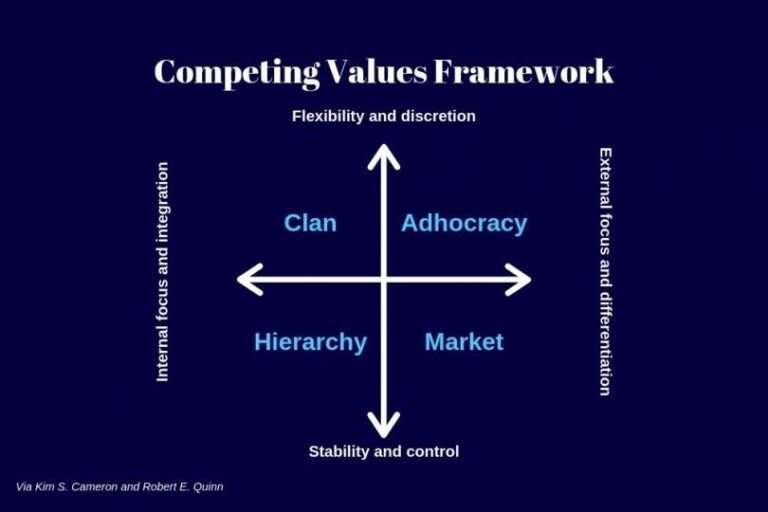Raewyn Connell Hegemonic Masculinity
Raewyn Connell Masculinities
Masculinity is a social construction. Masculine traits and identities are not inherent or biological but culturally created. According to Raewyn Connell, they are learned and therefore changeable (Connell, 1987; Kimmel, 2013).
Raewyn Connell is renowned for her work on social theory and gender analysis, and more specifically on masculinity. She was one of the pioneers of masculinity studies, and her 1995 book ‘Masculinities’ is considered to be one of the most significant literature sources.
According to Connell, a society’s dominant gender order creates what we think of as “masculinity” – the manifestation of attitudes that distinguish it from “femininity.”
This dominance results in hegemonic masculinity: a project of social reproduction based on power over women and marginalized men.
At its core, hegemonic masculinity allows for the domination and subordination of other genders, sexualities, races, and classes.
What is Connell Hegemonic Masculinity
Connell hegemonic masculinity is the dominant form of masculinity in society. According to tp Connell, socialization is used to encourage men to embrace masculine norms and behaviors, which ultimately support male privilege.
Hegemonic masculinity is the most common form of masculinity in society. It can be seen as the “default” or dominant form of manhood, and it is often associated with male dominance and female subordination.
Raewyn Connell’s concept of hegemonic masculinity serves as an analytical instrument to identify those attitudes and practices among men that perpetuate gender inequality, involving both men’s domination over women and some men’s power over other (often minority groups of) men.
What Is Hegemony?
Hegemony refers to domination, influence, or authority over another and is often supported by legitimating norms and ideas.
Today, the term hegemony is often used as shorthand to describe the relatively dominant position of a particular set of ideas and their associated tendency to become commonsensical and intuitive, thereby inhibiting the dissemination or even the articulation of alternative ideas.
💥🎁 New Year & Easter Deals On Amazon !
Don't miss out on the best discounts and top-rated products available right now!
🛒 Shop Now and Save Big Today!*As an Amazon Associate, I earn from qualifying purchases.
In modern usage, hegemony refers to a specific type of international relations regime where one country dominates all others economically and militarily.
Hegemonic Masculinity Example
What are Examples of Hegemonic Masculinity?
Hegemonic masculinity is a form of masculinity that dominates and shapes society. Examples of hegemonic masculinity include: – Men should be tough, strong, and aggressive; they should not show any emotions other than anger.
Hegemonic Masculinity in Sport
Sports has been identified as an intensive site for heteronormative work, given the relationship between sexuality, gender, and the body.
Heterosexuality is reinforced in a subject in which physical prowess is related to hegemonic masculinity where men are seen as more capable of some s sports like Rugby.
What Is the Difference between Hegemonic Masculinity and Hypermasculinity?
Hegemonic masculinity is the dominant form of masculinity in society, while hypermasculinity is a more extreme version.
Hypermasculinity can be seen as an exaggeration of hegemonic masculinity, and it’s often based on physical strength, aggression, and sexual prowess.
The media has been shown to have a significant impact on how people perceive themselves and others.
What Is Meant by Hegemonic Femininity?
Hegemonic femininity is a term that refers to the dominant form of femininity in society. It is a term that describes the socially constructed norms of feminine appearance, behavior, and personality traits.
It is characterized by traits such as being heterosexual, thin, white, and middle-class. These characteristics are seen as the norm for women’s behavior and appearance.
💥🎁 New Year & Easter Deals On Amazon !
Don't miss out on the best discounts and top-rated products available right now!
🛒 Shop Now and Save Big Today!*As an Amazon Associate, I earn from qualifying purchases.
Examples of Hegemonic Femininity
Examples of hegemonic femininity include being thin, white, heterosexual, cisgender, able-bodied, and middle class.
Hegemonic Power Theory
Hegemonic power is a state that has the most influence over other states in an international system. The term derives from the Greek word “hegemon,” meaning “leader” or “one who exercises leadership.”
Hegemonic Power Theory Examples
Examples of hegemony include the United States during the 20th century, British Empire during the 19th century, Roman Empire during the 1st-5th centuries AD.
Is the United States A Hegemony?
Hegemonic power is a state that has the most influence over other states in an international system, and Hegemony can be achieved through military, economic, or cultural means.
The United States was once considered a hegemonic power during the Cold War.
Complicit Masculinity
What is Complicit Masculinity?
Complicit masculinity is a new term that has come to light in the past few years. “Masculinity” itself, however, is as old as time. It’s been around since the beginning of human history, and it will continue to exist until we cease to be human beings altogether.
Whether or not you believe that this can happen (and many people think it can) does not change the current prevalence of toxic masculinity: a manhood model that dictates that men must possess specific virtues and adhere to certain rules for them to achieve their “manly-ness.”
The topic of male privilege is something that has been widely discussed in recent years. While some men have been accused of being complicit, the fact remains that they are still enjoying their privileges to gain a higher status than women do.
Social Construction of Gender in Sport
The social construction of gender in sport refers to the ways that society shapes and influences what it means to be a man or woman, which is then reflected in sports. It is the act of assigning sex to an individual based on their performance.
💥🎁 New Year & Easter Deals On Amazon !
Don't miss out on the best discounts and top-rated products available right now!
🛒 Shop Now and Save Big Today!*As an Amazon Associate, I earn from qualifying purchases.
This assignment is often done by society and not necessarily by the athlete themselves.
In sports where there are only two genders, this assignment can be made simply by looking at the athlete’s appearance or genitals.
The social construction of masculinity and femininity is influenced by many factors such as culture, ethnicity, class, religion, and age.
However, when more than two genders compete in a single event (such as track and field events), it becomes necessary to assign a gender to each person before they compete.
Social Construction of Gender in Sport Example
One example would be how women’s soccer has been seen as less important than men’s soccer because it is not considered “real” football.
Subordinate Masculinity
Subordinate masculinity is a process in which a man’s sexual identity becomes equated with his social rank or status. The term was introduced by sociologist Allan G. Johnson to describe men who, as defined by Simone de Beauvoir, “are not ‘real’ men… they are no longer real men.”

